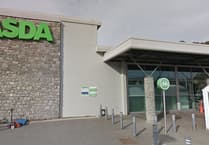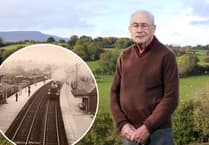A leading battlefield archaeologist is set to confirm a crucial Wars of the Roses battle site at Mortimer’s Cross in Herefordshire.
Dr Glenn Foard famously pinpointed the site of the Battle of Bosworth, where King Richard III was defeated and hopes to do the same for the battle where the future King Edward IV, eventually routed the Lancastrian army.
It was a morning in early February 1461 and a freak of meteorology made it appear that there were three suns in the sky. For 18-year-old Edward, Duke of York, this was a sign that he and his army would prevail when they clashed with a Lancastrian force marching north from Wales.
The future King duly gained his victory at the battle known as Mortimer’s Cross, in Herefordshire, near the Welsh border. The leading battlefield archaeologist Dr Glenn Foard, based at the University of Huddersfield, is embarking on an investigation that aims to unearth the evidence for an under-researched, but intriguing episode in the Wars of the Roses.
Dr Foard plays a key role in a three-year project that has seen the Heritage Lottery Fund make an award of £84,400 to the Battlefield Trust. He will assemble a volunteer team and take charge of the Mortimer’s Cross archaeology, including a metal detecting survey, and provide advice on conservation issues.
He will also contribute to a series of workshop weekends taking place on site that aim to provide special training to a wide range of people who will then be equipped to take part in or organise battlefield archaeology projects around the UK.
“Nobody has ever done any archaeological work on Mortimer’s Cross. We don’t even know exactly where it was fought,” said Dr Foard. “Quite a few medieval battles are like that.”
There is a traditional site for the battle, marked on modern maps close to the A4110 between Kingsland and the village named Mortimer’s Cross, six miles to the north west of Leominster and close to the village of Kingsland.
“So we know roughly where it was but not exactly where in the landscape it was fought, and nobody’s done any work on Mortimer’s Cross, so it’s not on the historic battlefields register. It’s one of those lesser but influential battles that has passed people by,” said Dr Foard.
The challenges and opportunities of battlefield archaeology will be the subject of training courses that will be an important component of Dr Foard’s contribution to the Mortimer’s Cross project.





Comments
This article has no comments yet. Be the first to leave a comment.